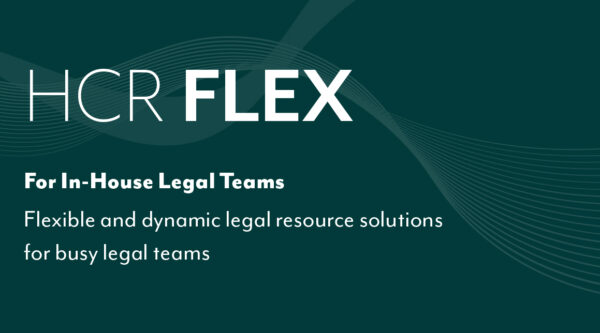

Employment discrimination remains a significant issue for many workplaces including those structured as partnerships or limited liability partnerships (“LLPs”).
With the prevention of harassment evolving, and a growing focus on proactive measures, understanding how The Equality Act 2010 (“the Act”) applies is crucial to ensuring compliance with legislative requirements, protecting rights and avoiding costly employment tribunal claims.
The legislative framework
The Act protects individuals from unfair treatment or harassment based on nine protected characteristics: age; disability; gender reassignment; marriage and civil partnership; pregnancy and maternity; race; religion or belief; sex; and sexual orientation.
As well as safeguarding employees against unlawful discrimination, the Act explicitly extends protection to partners of traditional partnerships and members of LLPs. Bringing a discrimination claim as a partner or member usually involves issuing a claim in the employment tribunal for compensation – which is uncapped – and can involve orders for reinstatement in the case of a former partner/member and/or even changes to the constitutional documents being ordered.
Discrimination
Discrimination in the context of a partnership can occur in various forms, particularly in the context of decision making, bullying, expulsion and forced retirement. We’re seeing an increase in discrimination complaints from partners and LLP members, as individuals are increasingly aware of their rights. They are then empowered to take action, often where working relationships have become strained as individuals seek to maximise termination packages.
Whilst it is explicitly unlawful to expel a partner from the partnership or a member of an LLP on the grounds of a protected characteristic, in our experience partner exits tainted by discrimination are far from uncommon. Given the limited rights under partnership agreements, partners and members are seemingly emboldened to allege that decisions to expel them are not based on merit or commercial needs, but on unlawful discrimination.
Gender and racial discrimination also play a role in partner exits. Female and minority ethic partners may find themselves disproportionately subject to critical performance reviews and workplace marginalisation – often precursors to an eventual forced exit. The law recognises that LLP members and partners are not immune to bias and firms risk legal claims and reputational damage where exits are not transparently justified and underpinned by evidence.
Mitigating risk
To reduce the risk of issues or claims arising, partnerships and LLPs should be proactive in evolving inclusive environments. Focused training, anti-discrimination policies and clear procedures for addressing complaints are essential to nip issues in the bud.
Consideration should be given to whether partner complaints can be resolved through professional mediation or whether a settlement should be the ultimate aim. If a settlement is an option, having a clear settlement strategy will avoid the risk of entrenchment, protracted negotiations and long-lasting disgruntlement.
Where partner or members exits are unavoidable, they should be handled fairly and with justification. Legal advice should be sought at an early stage, particularly where sensitive issues arise in respect of that exit or there is a threat of a discrimination claim or other unlawful treatment.










